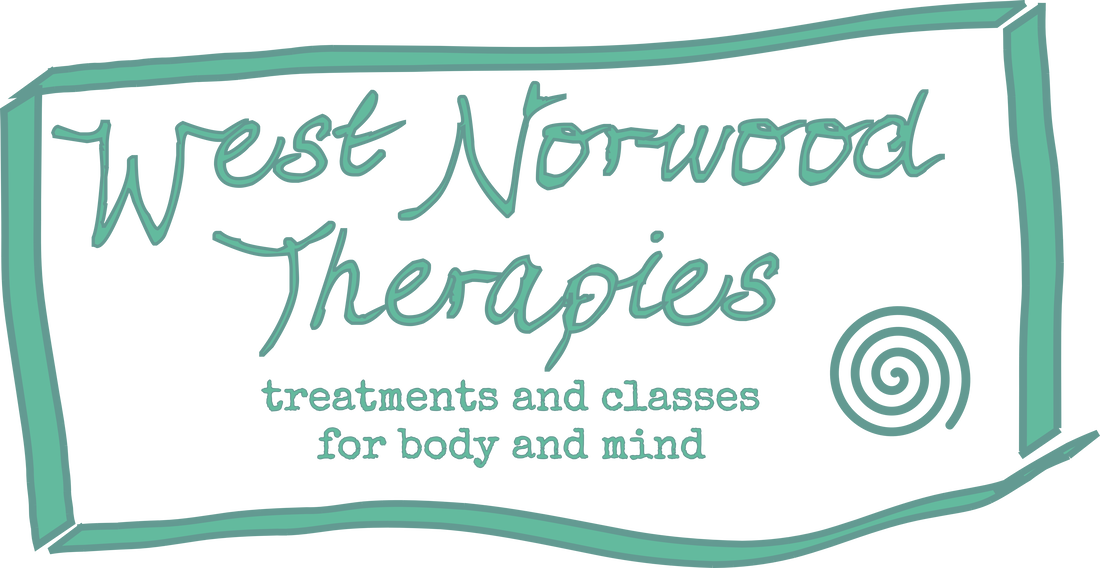|
We have three practitioners at WNT who use acupuncture in their treatments. They each have distinct approaches so to help you decide who would best fit your needs we have asked them some questions about how they work and who they work with. There are 3 acupuncturists at WNT, please can you share a bit about your individual approach or style of acupuncture?  I practise East Asian Medicine (EAM), an umbrella term for many different styles which include my initial training in Traditional Chinese Medicine and 5 element acupuncture with subsequent courses in other styles including Master Tung, Channel Palpation and ear acupuncture, each with their own strengths. Training in TuiNa massage really changed how I work, and it was during that time that I started incorporating more hands on approaches to diagnosis and treatment. Broadly, EAM can be used to focus internally on physiology in a holistic way looking at how the different systems interact and impact on a physical, mental and emotional level. It can also be used to look at the body in a more structural way, focussed on the musculoskeletal skeletal system, but still taking into account the background physiology that nourishes the muscles, bones, tendons, ligaments and joints. My training particularly in fertility and musculoskeletal acupuncture has incorporated more western concepts and diagnostic approaches, but EAM is at the heart of how I work.  My approach is to deepen and utilise the mind-body connection which is done by bringing my decade long Tai chi and meditation practice into the treatment room. Whether it is acupuncture or martial arts, we always aim to create a good flow in the body and mind, as stagnation or being stuck is seen as the root of suffering. So my treatments are often described as a calming flow between Acupuncture, massage and gentle guidance. Thus working on both the Body, Mind and Energy (QI) of the person.  I practice what is known as Dry Needling or Medical Acupuncture (DN/MA). This is an approach used to treat musculoskeletal problems. When I think it may be beneficial to use needling during a massage session I will discuss with the client first and use it in combination with soft tissue work (massage). I will massage the area first to detect where the needles are required and usually leave them in place for 20 minutes or longer if needed. I use DN/MA in approximately 50% of my treatments. I am foremost a massage therapist and I am aware that when people book a massage, that is what they want. I also respect that some clients have a fear of needles although I am happy to say I have introduced DN/MA to a number of clients over the years who have been converted when they feel the benefits of a needle versus my elbow! What kind of clients do you mostly treat?  I treat a wide variety of conditions but since qualifying most of my additional training has focussed on four main areas which in turn determines the type of clients I mostly treat:
So, I see a lot of women for gynae issues like painful periods, PMS, menopausal symptoms, through pregnancy right up to the birth and beyond and a very wide range of fertility issues. This may be support conceiving naturally or while going through ART procedures like IVF and FET, often with background diagnoses like endometriosis or PCOS. I also treat a lot of people with headaches, migraines, musculoskeletal conditions like sciatica, back and knee pain, often chronic recurrent conditions. I tend to refer athletes and sporty people with more acute conditions to Tessa. I have built up good peer support and referral networks in the key areas on which I focus and that is so important in getting help with more challenging cases and signposting clients in the right direction if I can’t help them.  Although I see people with a wide range of health complaints, the most frequent conditions that I treat (and have success with) are anxiety, stress, nerve related pain, sinusitis and digestive issues. I am also happy to say that I see a fairly equal amount of man and women (and everyone in-between). I am really happy to see that men reach out and attend to their mental health needs. 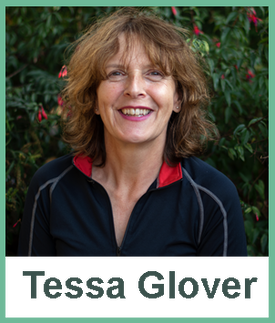 I use DN/MA on all types of clients. From those with migraines or neck/shoulder/back pain to muscle tears. From young semi-professional footballers with injuries to more mature clients to assist with pain relief and rehabilitation from many conditions including Osteoarthrititis and hip/knee replacements. Again I only treat with needles if the client is happy to. What do you enjoy about using acupuncture to work with clients?  I love how very different we all are and feeling a connection with people. Everyone brings their own personalities, strengths and struggles, and it feels vitally important to get a sense of each person and what treatment means to them in order to treat effectively. That spark of connection is so important whatever people are coming for. There is invariably an emotional element to some degree, sometimes a key focus, sometimes more in the background. Acupuncture with its holistic approach and focus on mind, body and spirit offers a versatile framework. It is so good at helping to achieve a sense of peace in our often hectic city lives, where that reset into more 'rest and digest' is a key element for healing. Whether people come with pain, with mental health struggles, wanting to start or grow a family or for another combination of reasons acupuncture offers a way to assess and address the physical and emotional together, and also to regulate the many complex interactions within our body as a whole. I like that approach, it makes sense to me to treat the body as the unified, interactive, self-regulating system and gently nudge it towards a more healthy balance.  I really enjoy seeing the change that I help to facilitate in my clients. It's amazing how people can leave behind pain and find more comfort within themselves. Love seeing people's attitudes and priorities change about their own health as that is what makes the "healing" sustainable. Oh and I must say that I love treating new things that I perhaps have never seen in person before. It's fascinating to see how the two of us can unravel what is the ongoing behind the labels of disease.  I enjoy seeing the positive results of DN/MA when used on my clients. It also gives me the freedom to multitask if there are a number of areas of the body I need to work on in one treatment. For example I can use needles in the neck and shoulders while using massage on the legs. DN/MA doesn't work for everyone but I've had some amazing results and responses from clients. I used one needle on a hamstring tear in one session and the client had no further pain. My favourite response to the suggestion of using DN/MA being "ooh needles, yeah. I can feel it whooshing through my shoulders, it's fantastic. Love it!" You can book online with Philippa, Mihaly (aka Mike) or Tessa or contact them directly if you would like any further information. NB: Sessions with Philippa or Mihaly begin with a 90minute session to allow for a longer consultation (sometimes on zoom) while with Tessa acupuncture needling is something that is incorporated into her regular sports massage treatments.
1 Comment
Sports massage therapist Tessa Glover interviews her client Emily Hayter who is a competitive swimmer who trains with Spencer swimming club. Emily shares how she approaches training and competing and encourages us that swimming can be taken up at any age and stage. Thanks for sharing Emily! 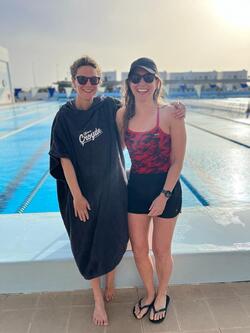 How long have you been a competitive swimmer? I always loved the water and I swam competitively for a few years in my early teens while I was living in Canada. I swam on and off on my own after that but was mainly keeping active through other things. After a 17 year break from club swimming I joined a Masters club, Spencer, in London in my early 30s and started competing again. How did you come to choose your preferred swimming stroke and distance? It's changed since I was younger, partly due to injuries (eg no breastroke because of my knees so no medley events anymore). The only one of my favourite events from when I was younger which I'm still doing is the 50m butterfly. One thing that's great about pool swimming is you learn and practise all four strokes, so everyone finds their own favourite. Aside from the 50 fly I race all freestyle, everything from 100m to 1500m. This year I'm also doing my first open water event which will be 3800m. At some point I might need to choose between the short and long distances though, as it's difficult to train for both at the same time. What do you love most about swimming? What does it give you? As an adult, swimming in a club has brought me back to a regular fitness schedule, guided by a coach and in the company of great fellow swimmers. I get so much more from it than I was getting just from going to the gym. I've also made new friends and started going on swimming trips like training camps at Club La Santa in Lanzarote and sea swimming holidays in Italy with SwimTrek. I feel inspired by the older swimmers in Masters, many of whom are still racing and setting records in their 60s and beyond. Club swimming has brought me great examples of how to stay fit in later life. What's the toughest part of training for a competition? I've always been more of a training person than a racing person. I like training and usually go 3 times a week with Spencer. Some people are the opposite, they love racing but not so much training. The unpredictability can be tough in both training and racing. You have good days and bad days in the pool, and they can be quite random (ie not linked to diet, rest etc) which can be discouraging. So trust and confidence in the training you've been doing throughout the year is important. There's also a lot of technique to think about in swimming, and we work on that all the time. It's difficult to change ingrained habits and patterns of movement, and it takes patience. I usually find that as soon as I fix one technique detail I start doing something else wrong! So it's a continuous process. Can a swimmer get into competitive swimming as an adult? Definitely! I know several people who only started doing lane swimming or learned all the strokes as adults and then got into competitions, either in pool/Masters swimming, open water or triathlon. At my club not everyone competes in pool competitions, some people do triathlon or open water and others just train for fitness and don't compete at all. How do you look after yourself physically and mentally? I do pilates a few times a week, which helps with management of old knee and back injuries that would otherwise prevent me from swimming. Swimming encourages me to do these types of conditioning exercises I should have been doing before but wasn't motivated to do. I used to do yoga but after learning more about hypermobility I swapped to pilates and find it better for me. I also go for massages with Tessa at WNT which really helps me manage a neck issue I've developed. I'm lucky to have generally good mental health. I try to maintain it through exercise, work/life balance, social life and occasional restorative yoga. I love food and eat a lot but generally pretty healthily. Another thing I should have mentioned that swimming gives me is the excuse for a lot of snacking.
How long have you been a swimmer and when did you discover the joy of open water swimming?
Although I learned to swim as a child I only took up Open Water swimming aged 51. As my youngest son finished his A levels, I found myself with more time at weekends. I know you consider yourself to be a slow swimmer compared to others but you are a strong endurance swimmer. When did you discover that you can swim long distances? And what’s the key to endurance swimming? After a few 1 mile (1.6km) lake swim events I decided I wanted to take on bigger challenges, so next up was a 1.9km then a 3km swim. I couldn't find anyone to join me for the Jubilee river 10km relay and ended up signing up to swim solo instead. It was at this point I decided I needed some swim coaching so joined Windrush Triathlon club, a multi-sports club in south London. After the Jubilee marathon I did several other long distance swims and also went on some open water swimming holidays. My tips for endurance swimming are to keep working on your swimming technique over winter, then gradually build up to longer distances in lakes, rivers and the sea as the weather warms up. Experience of being able to handle currents, cooler water and all weather conditions helps a lot. Breathing, technique and cardio fitness combined? Anything else? Relaxed breathing comes with practice and I would also recommend some strength and conditioning sessions and of course regular sports massages. What do you consider to be the main benefits of open water swimming? I experience a huge sense of wellbeing swimming outside. I love the sensation of moving through the water, hearing birds, seeing fish (sometimes) and feeling part of nature. The open water swimming community is extremely friendly and I love the challenge of different water conditions. A sea swim between the same two points will be different every single time so you never get bored. I like to think there are health benefits and I definitely feel more mentally resilient. What advice would you give to people who would like to try lake or sea swimming for the first time? Many venues have introductory sessions so I would try these. Don't wait until you can persuade a friend, as you will meet like-minded people there. For sea swimming I would rely on local knowledge and join online communities. For a first time open water swimmer, what are essential items they should buy/borrow? Essential items are a comfortable swimming costume, a brightly coloured swim cap and goggles. If you want to try a longer swim and/or cooler water, a wetsuit is recommended. You can hire these at many venues if you want to try one out. I bought my first wetsuit second-hand. Make sure it is a swimming wetsuit though, a surfing one will restrict your shoulders. I would also recommend a tow-float unless it is very windy and the first time you swim against the current (outside an organised event), fins can be useful. Margi is Swim Captain at Windrush Triathlon Club https://windrushtri.co.uk/swimming Sports massage therapist Tessa Glover celebrates National Bed Month by sharing her enjoyment at the amount of time in bed lockdown has given and gives suggestions of how to work more safely from your bed and tips for how to look after your body to enable more bed-time! When I was offered the chance to write a blog about National Bed Month I jumped at it. You mean there's actually a recognised and dedicated month to staying in bed? Ok so I've probably spent way more than a month in my bed during lockdown but now I don't even have to feel guilty about it. Fantastic! But...on further study I find, no, it's not a celebration of staying in bed, it's about the importance of sleep. Yawn... As my colleague Erika is already writing a blog about just that, I thought, hey! You know what? I actually want to celebrate bed and all things beddie. A bed's not just for sleeping, it's for so much more * see footnote. Work - Since March of last year bed has become one of the favourite places to work. So as we are spending more and more time in our single, double, King, Queen or super King work spaces, we must ensure to look after our bodies and our environment. If you are determined to work from your bed, although it's not ideal, it's the reality for many people therefore here are some tips to make your desk nest safe and comfortable. Posture and pillow arrangement - Try to sit in the most upright position possible, with a firm pillow in the small of your back and one or two more for your mid and upper back. You may find a plump pillow under the knees also helpful.
A pillow or tray of some description may assist laptop position (and mouse, phone etc). Try to make sure your shoulders are relaxed and down while hammering at the keys. Drinks of any kind should remain on the bedside table in case of spillage over laptop and phone. Alternative working positions. 1. Sit cross legged on the bed, back straight, computer on pillow on lap. 2. Sit cross legged on floor (with or without pillow), computer on end of bed (only if bed is at a reasonable height for this) 3. Childs pose (see below) on bed with laptop at end of outstretched arms. This position should only be held for short periods of time and definitely not for Zoom meetings. Clothing.
Wear something loose and comfortable. Cotton or silk are preferable as man-made fibres may produce sweating and overheating after 15 mins or so of being in the same position. Note: if you start to feel uncomfortable and are sweating profusely this may be due to the heat of your hot water bottle (or hottie bottie as my Mum calls them) so kick it out of the end of the bed before you pass out. NB. In the event of a temperature of over 38 degrees centigrade or above after 10 minutes of removing HWB please seek medical help. If you have poor circulation and typing makes your fingers cold and numb, try wearing fingerless gloves. If this doesn't work try rubbing your hands together vigorously or warm them in a sink of warm water. If this is happening frequently and you are concerned, check out this NHS page about Reynauld's . Take regular breaks after 45 mins to get more water, go to the loo and don't forget to... Stretch - get out of bed (I know. It can be a struggle) to give your neck and shoulders some movement. Bend head from side to side, flex it forward and extend it back then rotate from left to right (repeat 5 times). Hunch shoulders up to your ears and drop. repeat 3 times. Get back on the bed... phew... Hip flexors will get short and tight sitting for extended periods of time especially the Rectus Femoris which is the quadriceps muscle that crosses your hip joint. Lie on your side (having removed aforementioned tray/laptop) bend both knees, then reach behind you and grab the ankle/calf nearest the ceiling and stretch your foot behind you towards your bottom, keeping your hips level. Hold stretch for 15-20 seconds and repeat on other side. The psoas muscle is also a major hip flexor. For this, lie on your back very close to the edge of your bed, bend the knee furthest away from the edge and rest your foot on the bed, let the other leg nearest the edge,dangle off the side of the bed until you feel a stretch through the front and inside of your hip. Turn yourself around on the bed and repeat for other hip. Hamstrings - lie on your back, reach for a towel, scarf or resistance band, place it under your foot, and do a straight leg raise (keeping your shoulders relaxed) feel the stretch at the back of your leg and flex your foot towards you). Hold for 15-20 seconds. Repeat for the other leg. For your back. Child's pose. Kneel down on the bed, sit your bottom down on the back of your calves and slowly reach your outstretched arms forward and slide them away from you on the bed, trying to keep your bottom on your calves. breathe deeply and relax into the stretch. Cat and Cow. kneel on the bed, placing knees hip width apart and hands on the bed directly under shoulders, back flat, tilt your head up to look towards the ceiling while dipping arching your back, hold the stretch then lower your head while pushing your back upwards towards the ceiling, hold the stretch. Repeat. Presentation and Self care - Painting nails, doing hair and make-up for zoom calls, plucking nasal hair, spraying on a bit of deodorant (if you have had complaints), laying out the day's outfits (change of pyjamas, socks, or if venturing out, other appropriate clothing) WARNING: you will have to get out of bed again for this. After all that work and effort, you must be exhausted so relax and try some of the following... Leisure Pursuits
Fact: In 1988 a groundbreaking study found that by switching an uncomfortable old bed to a lovely new one meant an extra 42 minutes of sleep! So if you've still got a job and can afford a new mattress go for it. If you haven't, try giving it a hoover and flipping it over (knees bent, core engaged to protect your back). BINGO! Like new. I think I need a lie down after all that typing... zzzz * for censorship and health and safety reasons I am omitting an extremely popular cardio activity often carried out in bed. If you have any questions about stretches, cramps or any aches and pains, Tessa can be reached via [email protected] or on 07966 473738. Tessa Glover ISRM/BTEC (Level 5) Professional Diploma Clinical Sport and Remedial Massage Therapy www.tessaglovermasssage.com 07966 473738 |
AuthorBlogs from the WNT team. For our blogs from before June 2020 please see individual profile pages - it's a good way to get to know practitioners too. Archives
June 2024
Categories
All
|
|
Visit us - by appointment only please - in the office block in the Access Self Storage premises at 443 Norwood Road, London, SE27 9DQ
[email protected] Phone - please contact practitioners directly, or if not in a rush you can leave a message for us to call you back at 07931876931. |
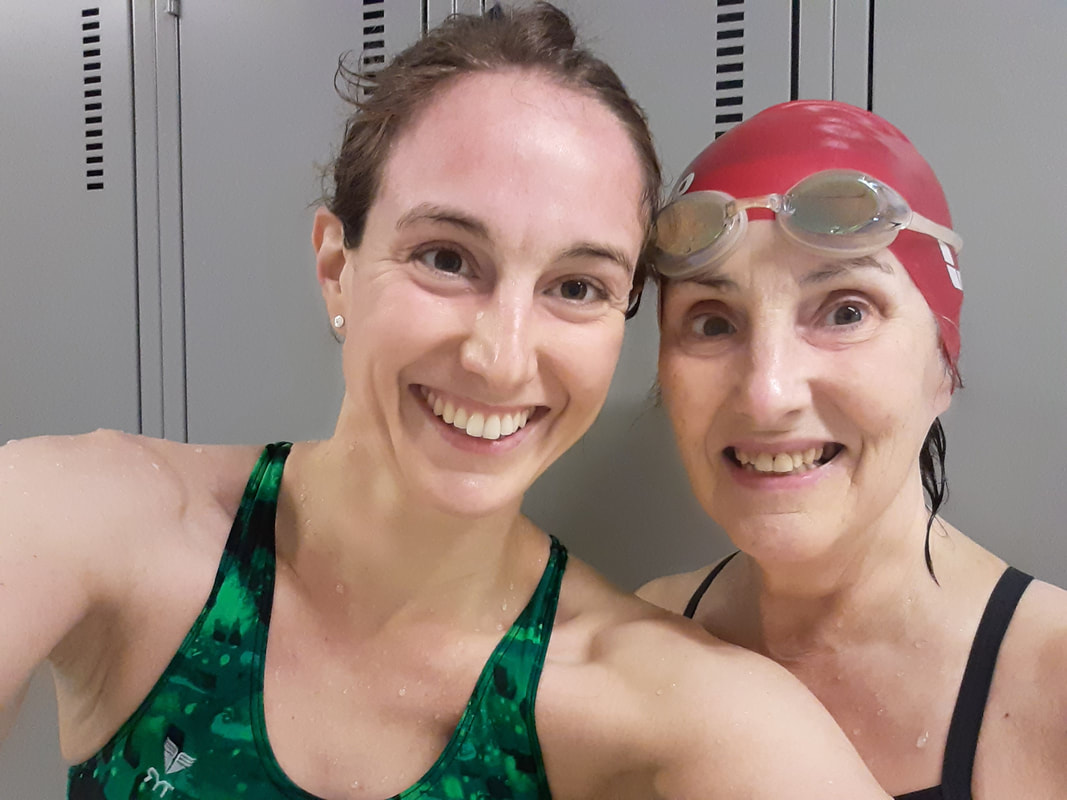
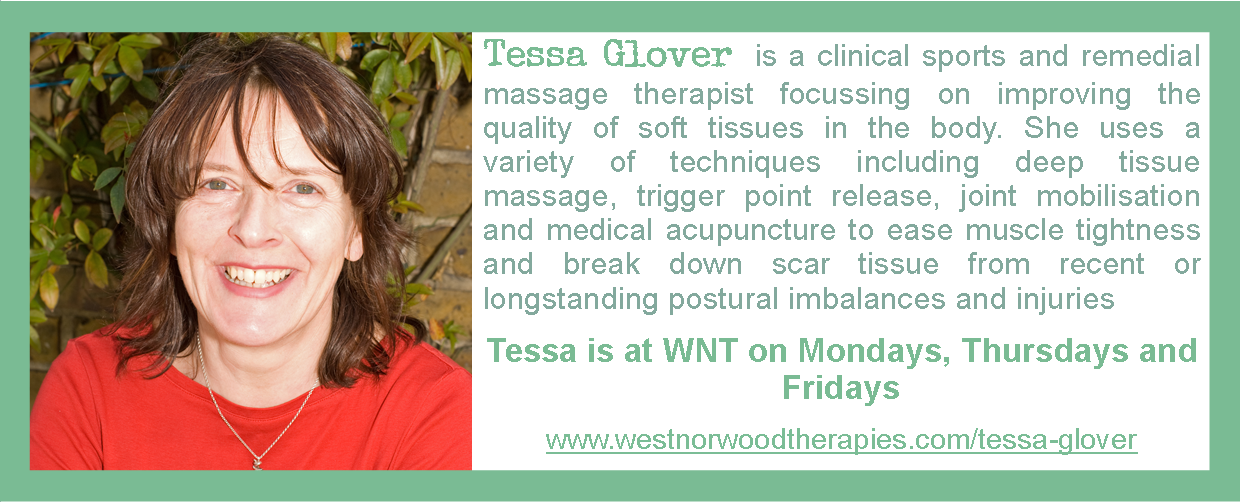

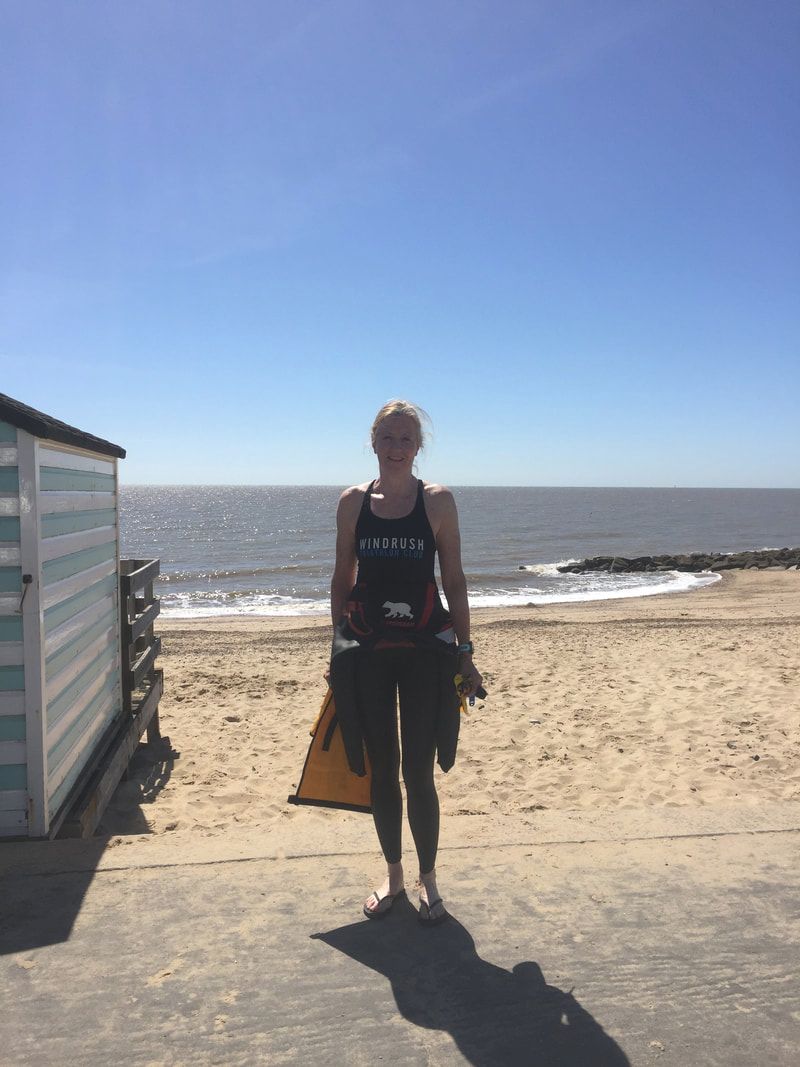
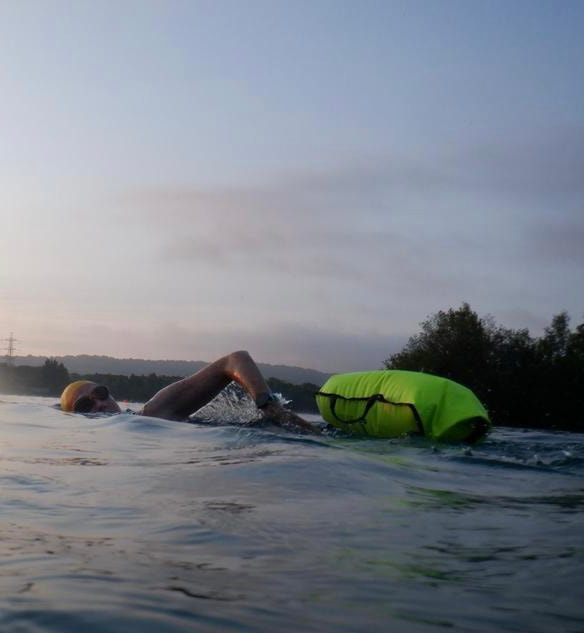
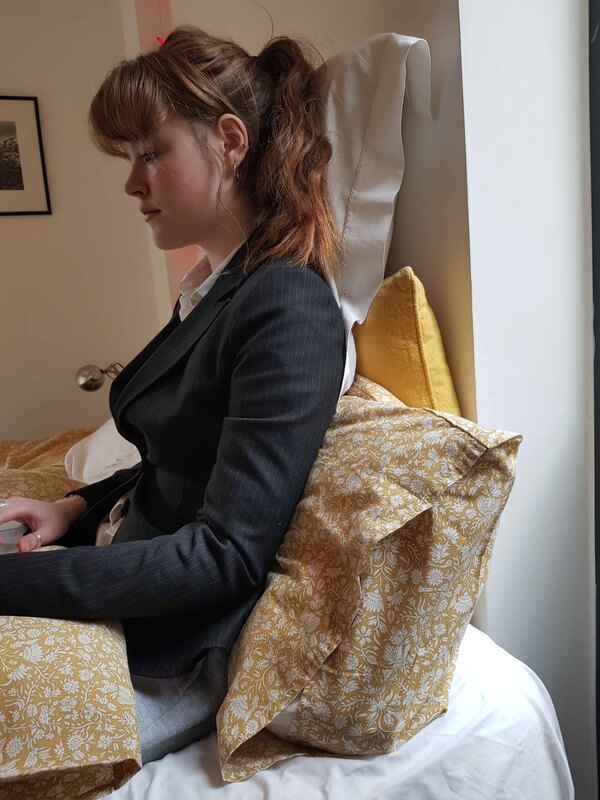
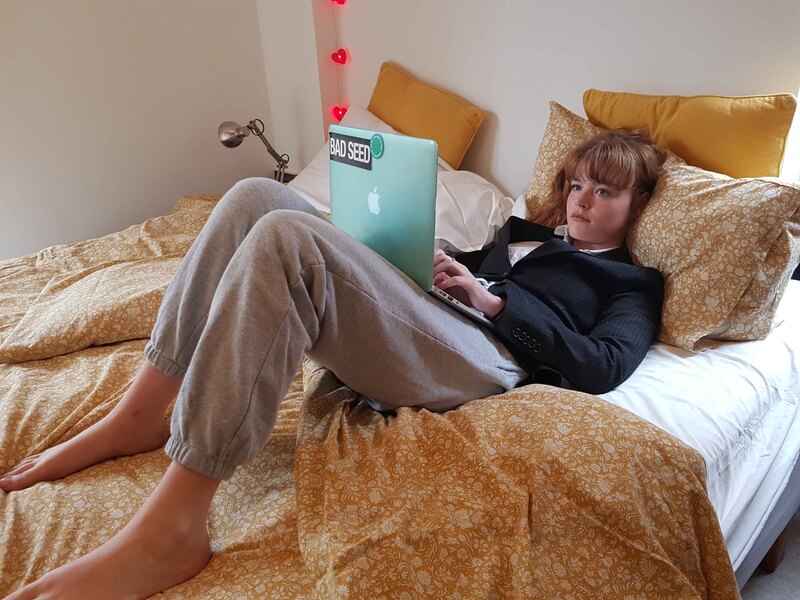
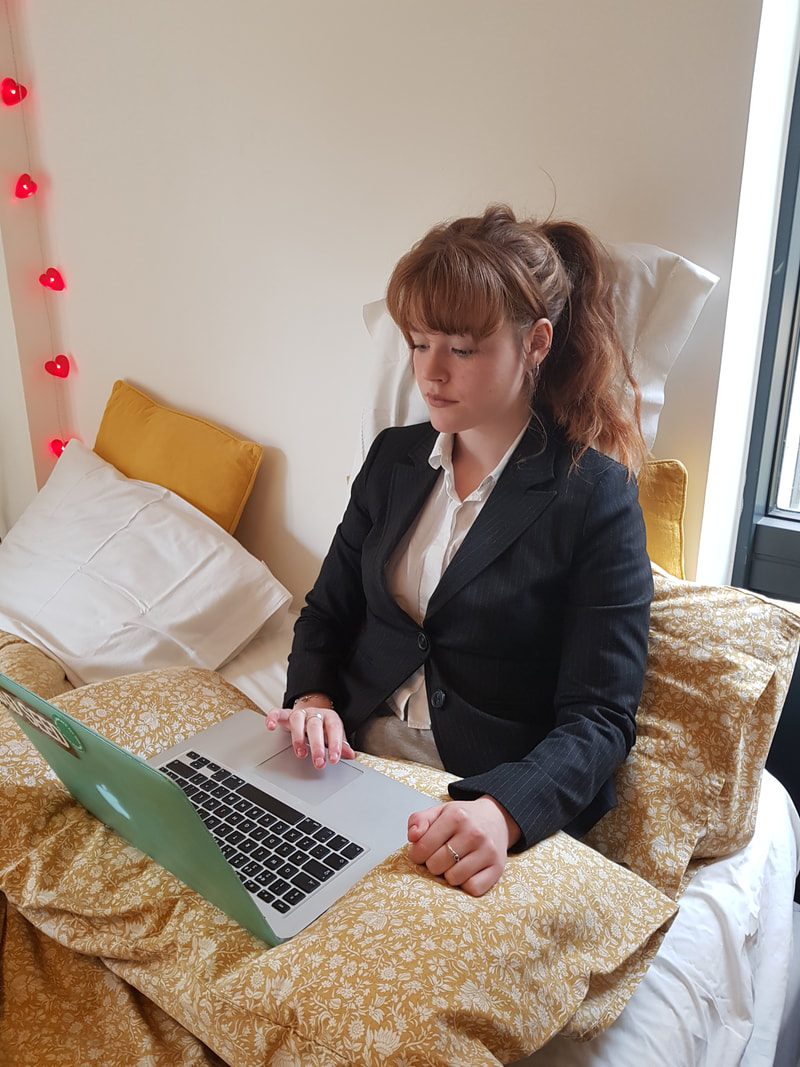
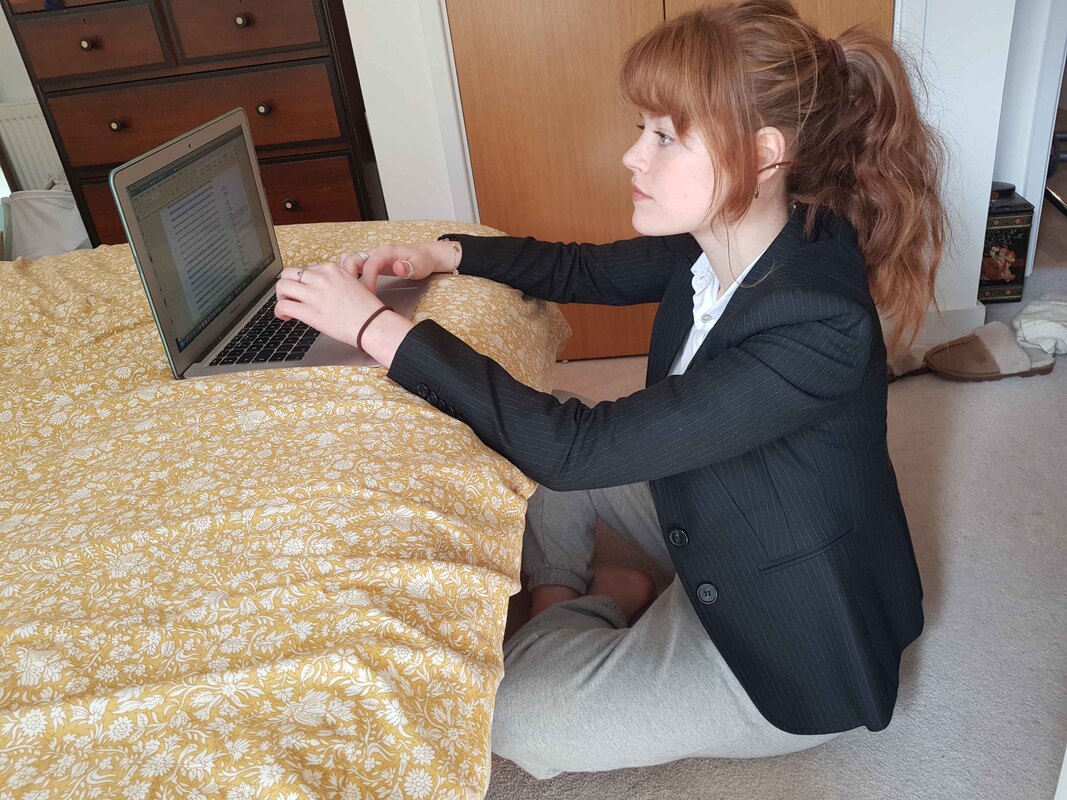
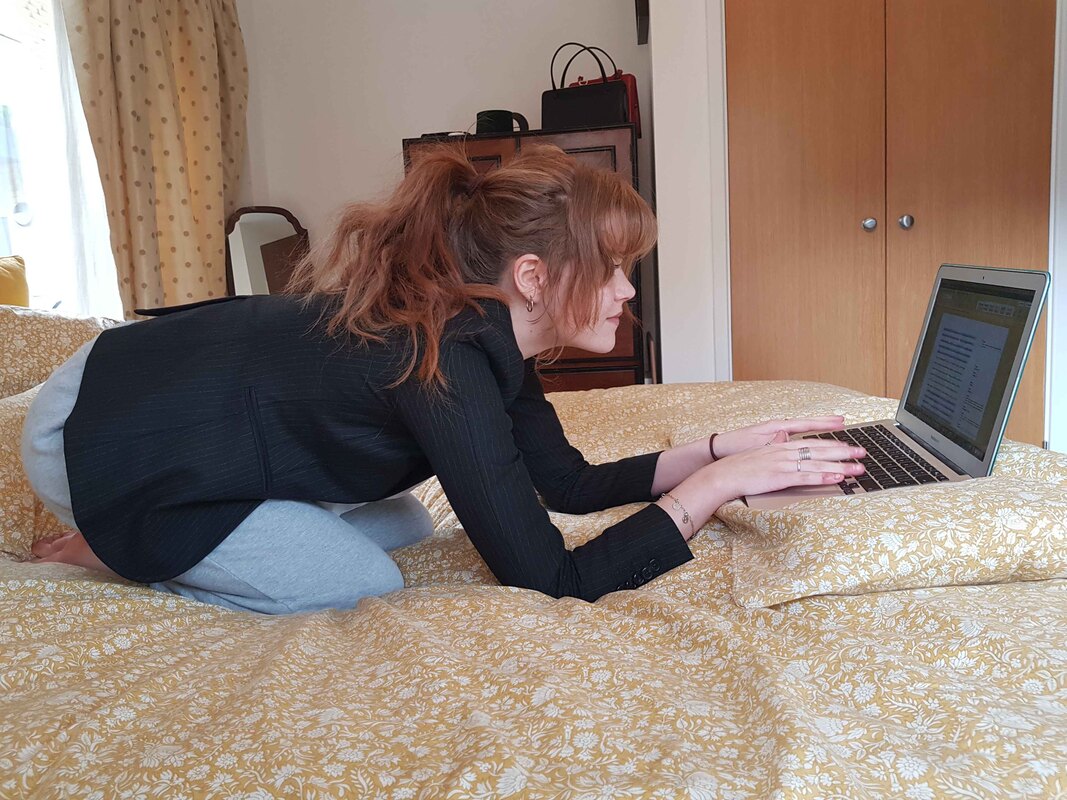
 RSS Feed
RSS Feed
